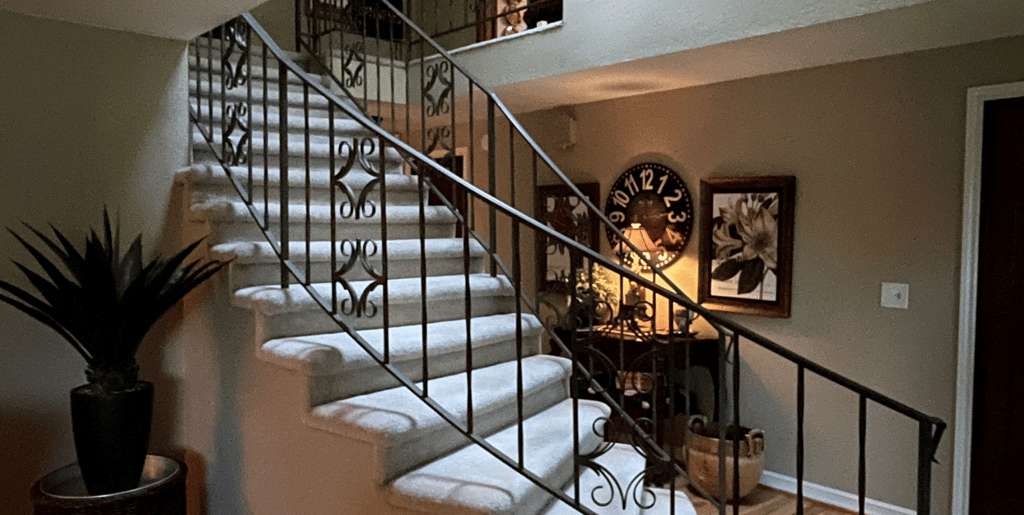The Importance of Circadian Lighting Design for Health and Well-Being
7/20/20252 min read


In recent years, architects and health experts have turned their attention to an often-overlooked factor in building design: light. Not just any light, but circadian lighting—a lighting strategy that aligns indoor illumination with the body’s natural biological rhythms. As people now spend up to 90% of their time indoors (EPA, 2021), creating environments that support circadian health is no longer optional—it’s essential.
What Is Circadian Lighting?
Circadian lighting design mimics the natural changes in sunlight over a 24-hour cycle. Our bodies are regulated by the circadian rhythm—an internal clock that responds primarily to light and dark cues. This rhythm affects sleep, hormone production, digestion, mood, and even cognitive function.
In natural outdoor environments, bright, blue-enriched light during the day promotes alertness and energy, while warmer, dimmer light in the evening prepares the body for rest. Circadian lighting aims to replicate these natural patterns indoors, especially where daylight is limited or absent.
Health Benefits of Circadian Lighting
Studies have repeatedly shown that disrupting circadian rhythms—commonly caused by poor lighting design, night shifts, or excessive screen exposure—can contribute to a host of health problems including insomnia, depression, metabolic disorders, and cardiovascular disease.
A landmark study by the Lighting Research Center (LRC) found that properly timed circadian lighting significantly improved sleep efficiency and reduced symptoms of Seasonal Affective Disorder (SAD). In office environments, the same study revealed improvements in alertness, mood, and cognitive performance.
Similarly, the Journal of Clinical Sleep Medicine published research showing that workers exposed to circadian-friendly lighting reported 40% better sleep quality and 20% less fatigue during the day.
Applications in Real-World Design
Modern lighting systems—such as tunable LEDs—allow designers to implement circadian strategies by adjusting color temperature and intensity throughout the day. Blue-rich light (5000–6500K) in the morning supports focus and cortisol production, while warm light (2700–3000K) in the evening reduces melatonin suppression, encouraging restful sleep.
Hospitals, schools, and workplaces that have adopted circadian lighting report measurable gains. A study conducted in a Swedish elder care facility showed that dynamic lighting improved mood and reduced agitation in dementia patients by over 30%.
A Path Toward Healthier Spaces
Organizations such as the International WELL Building Institute now include circadian lighting requirements in their building certification standards. This shift underscores a growing understanding: light is not just a visual aid—it’s a biological necessity.
By aligning indoor lighting with the body’s natural rhythms, designers and building owners can create healthier, more productive environments that support long-term well-being.
References
U.S. Environmental Protection Agency. (2021). Indoor Air Quality. https://www.epa.gov
Lighting Research Center (LRC). (2022). Circadian Stimulus and Human Health. https://www.lrc.rpi.edu
Journal of Clinical Sleep Medicine. (2020). Impact of Circadian Lighting on Workplace Sleep Quality. https://jcsm.aasm.org
International WELL Building Institute. (2023). WELL Building Standard v2 – Light Concept. https://www.wellcertified.com
